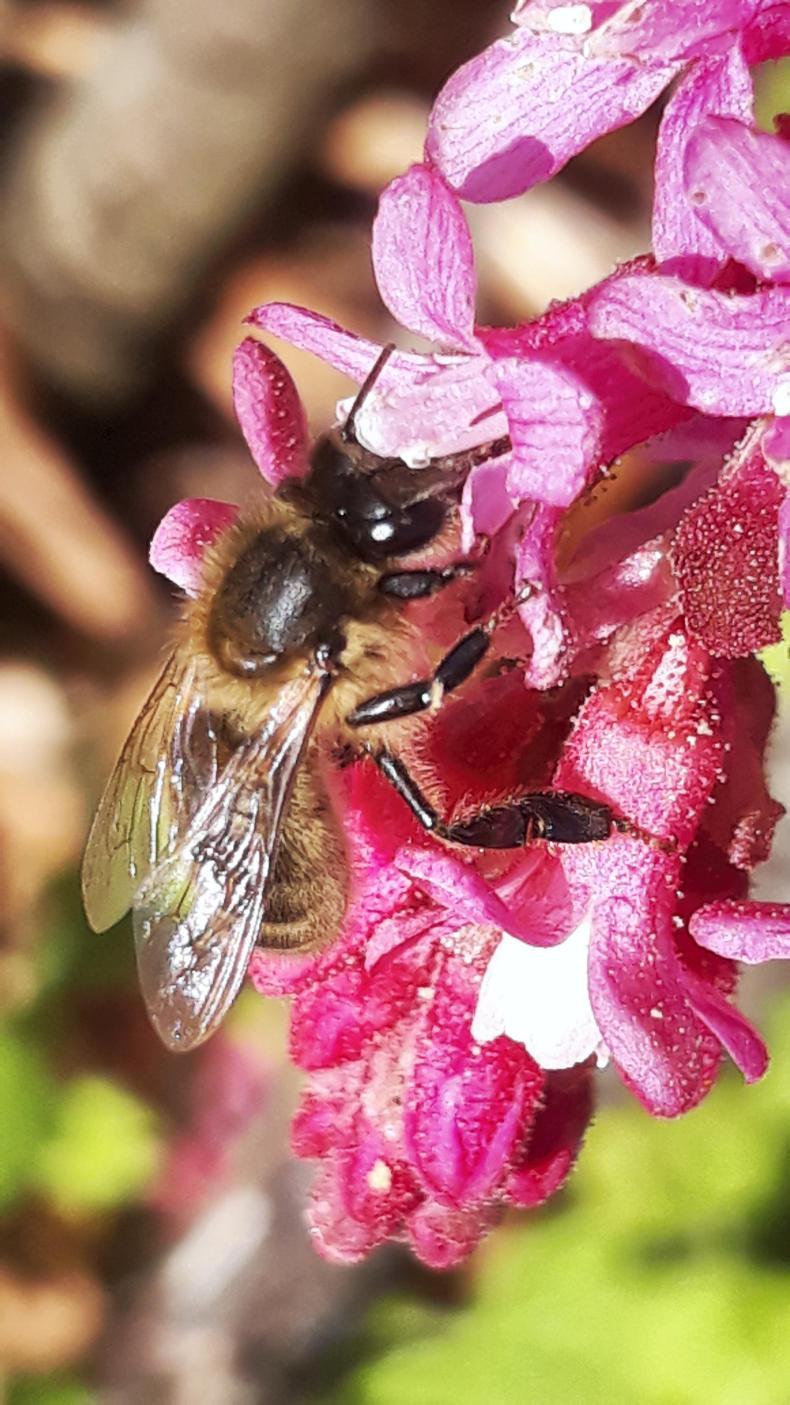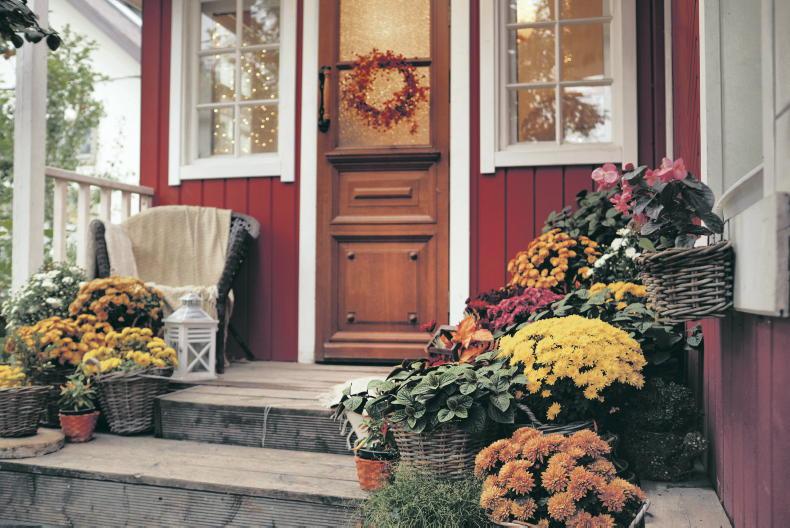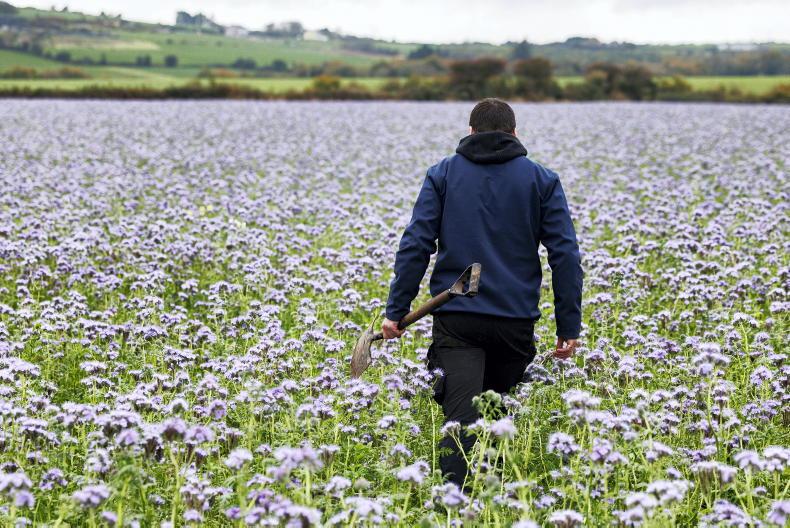The flower, in its rush to propagate itself, will do all in its power to attract a pollinator, such as a bee. In turn, the honeybee and wild bee, in their push for survival through propagation, will visit flowers to collect food in the form of nectar and pollen to feed their brood, and in the process of doing so, pollinate the flower. The reward is mutual and all are winners.
Honeybees will now be producing brood at a fast pace. The inward flow of nectar is the trigger for this. The queen is laying a couple of thousand eggs daily.
Their food is the nectar secreted by flowers as an attractant to the bee
As these eggs hatch into young larvae they require a food supply to grow and see them through the various stages of metamorphosis until they emerge from their cells as adult bees. Their food is the nectar secreted by flowers as an attractant to the bee. It is during the process of collecting this nectar that pollination takes place. The body hair of the bee becomes covered in pollen grains and as she visits each flower of the same plant species these pollen grains rub or drop off on to each flower. The adhesion of one of these pollen grains to the flower stigma is the start of the process of fertilisation.
Scent from sap spots on petals as well as the nectar are powerful forces in ensuring bees come to the right flower
Evolution has provided the flower with the tools needed to attract bees. We look at flowers and marvel at their shape and beauty. Behind all this, are functional aspects which attract bees. We look at petals and see colours, but unseen to us are the UV reflective parts which are visible to the bee. Scent from sap spots on petals as well as the nectar are powerful forces in ensuring bees come to the right flower. Even if the bee visits the flower, there is no guarantee she will get her full reward because the flower may only produce limited quantities of nectar at certain times of the day. This trick is to ensure many visits by the bee to ensure pollination.
When a bee lands on a flower she automatically anchors herself using the claws or pads on the end of her feet, depending on the structure of the surface. Once in place, she protrudes her tongue (known as a proboscis) into the nectar source and sucks up what nectar is available. Many flowers are visited to make a load. Watch them briefly fly or crawl from flower to flower on the same plant, energetically collecting and increasing the volume being brought back to the hive.
The more nectar yielding flowers that are within short range of the hive or nest, the greater the amount of nectar that will be left for storage and final conversion into honey
The storage of nectar in the bee’s body takes place in a special stomach known as the “crop”. It is part of the bee’s digestive system, so during the flight home she may draw some of this nectar from the crop into the main stomach for energy. The more nectar yielding flowers that are within short range of the hive or nest, the greater the amount of nectar that will be left for storage and final conversion into honey.
There is now a great awakening to the value of bees, be they honeybees or wild bees. We are very aware of how much humans, animals, birds etc. depend on the foods resulting from their pollination. However, the bee is only as good as the source of food available to her. Look out for the flowers and look out for the bees.
Read more
Beekeeping: the dead-out, when a beehive dies out
Beekeeping on dark winter days
The flower, in its rush to propagate itself, will do all in its power to attract a pollinator, such as a bee. In turn, the honeybee and wild bee, in their push for survival through propagation, will visit flowers to collect food in the form of nectar and pollen to feed their brood, and in the process of doing so, pollinate the flower. The reward is mutual and all are winners.
Honeybees will now be producing brood at a fast pace. The inward flow of nectar is the trigger for this. The queen is laying a couple of thousand eggs daily.
Their food is the nectar secreted by flowers as an attractant to the bee
As these eggs hatch into young larvae they require a food supply to grow and see them through the various stages of metamorphosis until they emerge from their cells as adult bees. Their food is the nectar secreted by flowers as an attractant to the bee. It is during the process of collecting this nectar that pollination takes place. The body hair of the bee becomes covered in pollen grains and as she visits each flower of the same plant species these pollen grains rub or drop off on to each flower. The adhesion of one of these pollen grains to the flower stigma is the start of the process of fertilisation.
Scent from sap spots on petals as well as the nectar are powerful forces in ensuring bees come to the right flower
Evolution has provided the flower with the tools needed to attract bees. We look at flowers and marvel at their shape and beauty. Behind all this, are functional aspects which attract bees. We look at petals and see colours, but unseen to us are the UV reflective parts which are visible to the bee. Scent from sap spots on petals as well as the nectar are powerful forces in ensuring bees come to the right flower. Even if the bee visits the flower, there is no guarantee she will get her full reward because the flower may only produce limited quantities of nectar at certain times of the day. This trick is to ensure many visits by the bee to ensure pollination.
When a bee lands on a flower she automatically anchors herself using the claws or pads on the end of her feet, depending on the structure of the surface. Once in place, she protrudes her tongue (known as a proboscis) into the nectar source and sucks up what nectar is available. Many flowers are visited to make a load. Watch them briefly fly or crawl from flower to flower on the same plant, energetically collecting and increasing the volume being brought back to the hive.
The more nectar yielding flowers that are within short range of the hive or nest, the greater the amount of nectar that will be left for storage and final conversion into honey
The storage of nectar in the bee’s body takes place in a special stomach known as the “crop”. It is part of the bee’s digestive system, so during the flight home she may draw some of this nectar from the crop into the main stomach for energy. The more nectar yielding flowers that are within short range of the hive or nest, the greater the amount of nectar that will be left for storage and final conversion into honey.
There is now a great awakening to the value of bees, be they honeybees or wild bees. We are very aware of how much humans, animals, birds etc. depend on the foods resulting from their pollination. However, the bee is only as good as the source of food available to her. Look out for the flowers and look out for the bees.
Read more
Beekeeping: the dead-out, when a beehive dies out
Beekeeping on dark winter days









SHARING OPTIONS